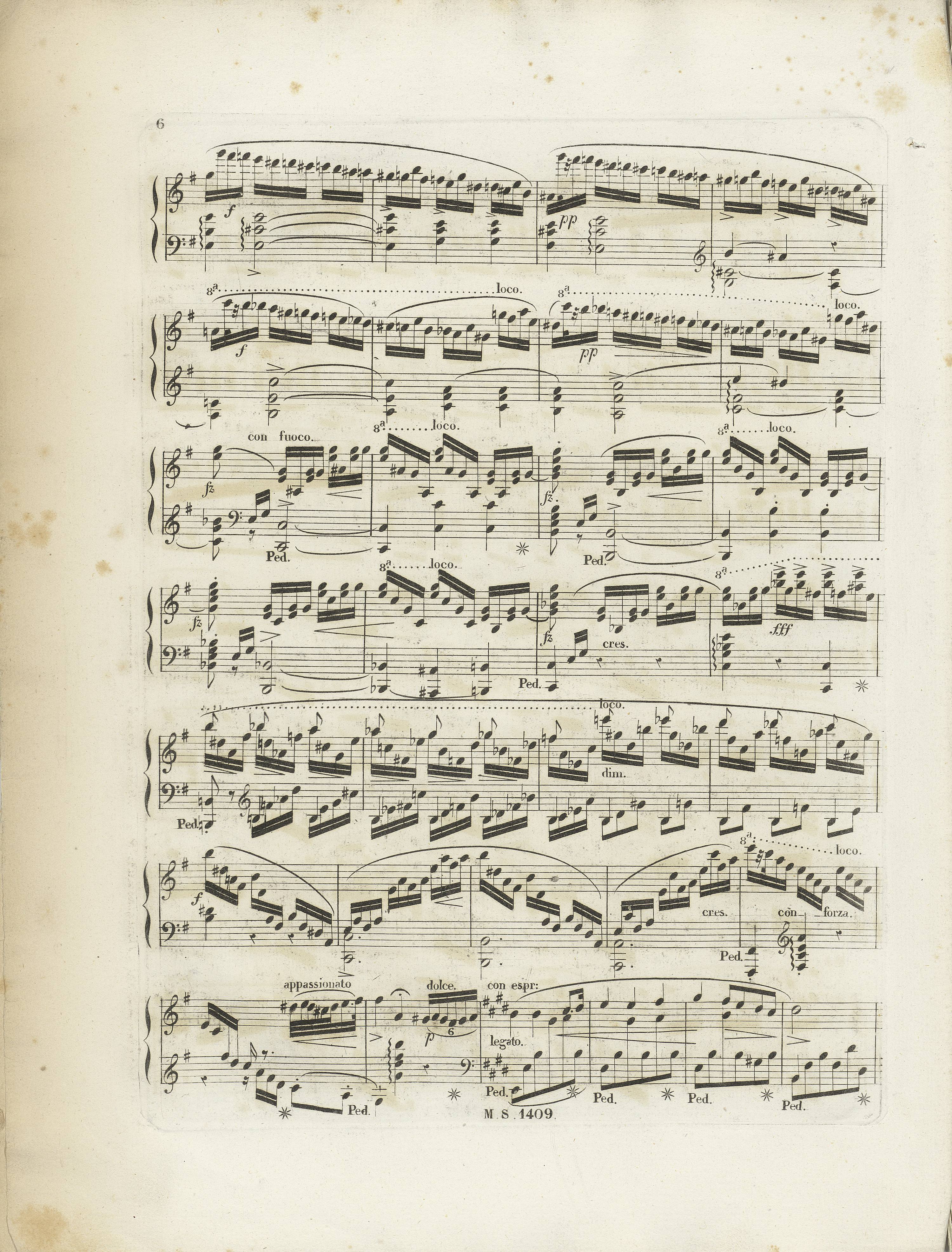Op. 2, Variations in B♭ major
Op. 10, 12 Etudes
Op. 11, Concerto in E minor
Op. 21, Concerto in F minor
Op. 22, Polonaise in E♭ major
Op. 24, 4 Mazurkas
Op. 25, 12 Etudes
Op. 26, 2 Polonaises
Op. 27, 2 Nocturnes
Op. 28, 24 Preludes
Op. 30, 4 Mazurkas
Op. 35, Sonata in B♭ minor
Op. 50, 3 Mazurkas
Op. 63, 3 Mazurkas
Op. 64, 3 Waltzes
(Op. 4), Sonata in C minor




Op. 11, Concerto in E minor, Mvt I
Six consecutive  signs visible in FE (→GE,EE) can denote only long accents in this context. In the group of the first pieces published by Chopin in Paris, long accents, whose meaning the engravers generally did not understand, would be often deformed – cf. e.g. the Etude in A minor, op. 10, no. 2, bar 12 (a similar context to the one of the discussed place of the Concerto is to be found in the Etude in C major, op. 10, no. 1, bars 69-70).
signs visible in FE (→GE,EE) can denote only long accents in this context. In the group of the first pieces published by Chopin in Paris, long accents, whose meaning the engravers generally did not understand, would be often deformed – cf. e.g. the Etude in A minor, op. 10, no. 2, bar 12 (a similar context to the one of the discussed place of the Concerto is to be found in the Etude in C major, op. 10, no. 1, bars 69-70).
Compare the passage in the sources »
category imprint: Interpretations within context; Editorial revisions
issues: Long accents
notation: Articulation, Accents, Hairpins



